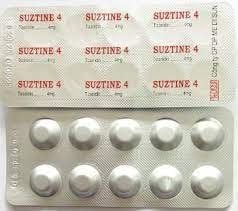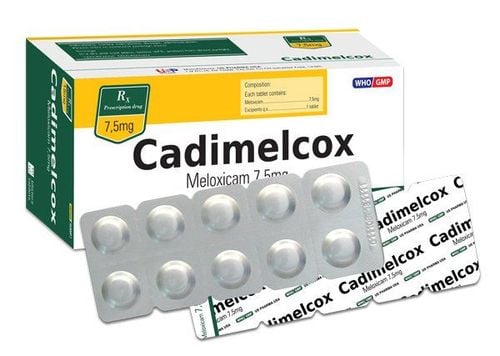This is an automatically translated article.
Low back pain affects millions of people every year. Most patients will improve without surgery. However, if back pain is severe, it could be a symptom of a more serious but less well known and often misdiagnosed condition, which is cauda equina syndrome (CES).1. What is cauda equina syndrome?
The spinal cord is located in the spinal canal, ending at the upper part of the lumbar spine. The individual nerve roots at the end of the spinal cord continue along the inside of the spinal canal. These nerves are responsible for sending and receiving nerve signals from the legs and pelvic organs such as the bladder and rectum. Therefore, they govern movement and sensation for the legs and bladder and rectum. Because it is shaped like a horse's tail, it is called the cauda equine plexus.
Cauda equina syndrome (CES) is a condition in which the roots of the caudal plexus are compressed, affecting motor function, sensation, the lower extremities and the bladder and rectum. The most serious complication of CES is urinary incontinence and permanent paralysis of the legs. Patients with this syndrome are often hospitalized in an emergency.
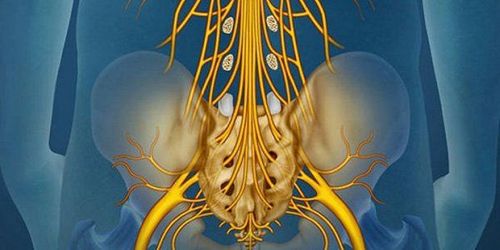
Hội chứng chùm đuôi ngựa (CES) ít được biết đến và thường bị chẩn đoán nhầm
2. Causes of ponytail syndrome
Lumbar disc herniation: this is the most common cause of CES. The disc will naturally degenerate with age, the ligaments that hold it together begin to weaken. Therefore, excessive stretching or trauma to the lumbar spine can cause herniated disc disease and complications of cauda equina syndrome. Tumors or damage to the spine. Infection in the spine. Congenital or acquired spinal stenosis due to trauma. Direct trauma to the lumbar spine (fire, fall, car accident). Congenital abnormalities such as an arteriovenous malformation of the spine (AVM). Spinal cord hemorrhage. Complications after lumbar spine surgery or spinal anesthesia.
3. Signs of ponytail syndrome
Patients with low back pain associated with the following suggestive symptoms should be wary of CES:
Severe low back pain that is poorly responsive to conventional analgesics. Muscle weakness, confusion, or loss of sensation with pain in one or more commonly both legs. Pelvic sensation may be lost. Recently occurring bladder dysfunction (eg, urinary retention or dysuria). Loss of self-control in defecation appeared. Sensory disturbances of the bladder or rectum. New sexual dysfunction appears. Loss of reflexes in the legs. Additional suggestive factors:
Recent low back injury. Recent lumbar spine surgery or spinal anesthesia. Recent severe infection. Cancer history.
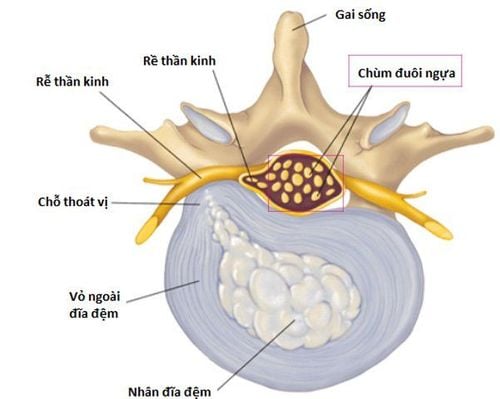
Hội chứng chùm đuôi ngựa (CES) là tình trạng các rễ của đám rối thần kinh đuôi ngựa bị chèn ép
The symptoms and severity of CES depend on the extent of the compression and which nerve roots are affected. These symptoms may develop slowly over time and change continuously.
Diseases that are often misdiagnosed with CES are: peripheral neuropathy, spinal cord compression, and lumbar plexus disease caused by irritation or compression of nerves after they exit the spine and enter Pelvic.
Tests to help diagnose cauda equina syndrome: Magnetic resonance imaging (MRI) creates three-dimensional images, using magnetic fields and computer technology. MRI gives images of the spinal cord, nerve roots, and surrounding areas. X-ray of the spinal canal after the injection of contrast material into the cerebrospinal fluid space (also called a Myelogram) shows the spinal cord or nerves in the spinal canal being displaced due to herniated nuclei, bone spurs, tumors ...
4. Treatment of CES Horsetail Syndrome
Patients with symptoms and signs suggested above should go to the hospital for neurosurgery as quickly as possible.
When CES is diagnosed, the cause is determined, emergency surgery is the treatment of choice to salvage the abnormalities in neurological function caused by CES, avoiding dangerous complications such as: paralysis 2. legs and urinary incontinence.
Surgery within 48 hours of onset of symptoms of cauda equina syndrome significantly improves sensory and motor deficits in the lower extremities, and bladder and rectal function. But even after 48 hours, patients can recover significantly more than cases without surgery.
The recovery of bladder and rectal function will often be slower than lower extremity motor function, this process may take many years after treatment and depends on the degree of compression of the nerve roots before there.
Additional treatment depending on the cause, eg high doses of corticosteroids to reduce edema after surgery, antibiotics if the cause is infectious and prevention of infection after surgery.
If the cause is a tumor, then radiation therapy or chemotherapy will be considered after surgery.
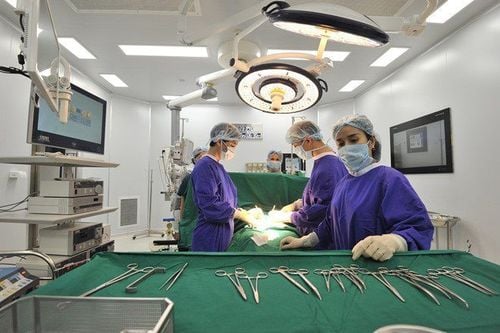
Phẫu thuật khẩn cấp là điều trị thường được lựa chọn để cứu vãn các bất thường trong chức năng thần kinh do CES gây ra
5. CES surgery care
Loss of self-control in urination is extremely distressing for the patient, having a significant impact on the patient's life, work and relationships. At the same time, sexual dysfunction greatly affects the psyche of the patient as well as the partner, leading to relationship problems and depression. Depending on his or her limitations, the person may seek help from:
Physical therapy. Social counselor. Expert advice on bowel control. Sex therapist. Neurosurgery Specialist - Vinmec International General Hospital is the address for the treatment of CES in particular as well as diseases related to neurological factors in particular. Patients are examined and treated by surgical methods including: laparoscopic surgery, microsurgery, endovascular intervention, plastic surgery, surgery and transplant... highly qualified medical staff and modern equipment, bringing optimal medical examination and treatment efficiency.
Please dial HOTLINE for more information or register for an appointment HERE. Download MyVinmec app to make appointments faster and to manage your bookings easily.








